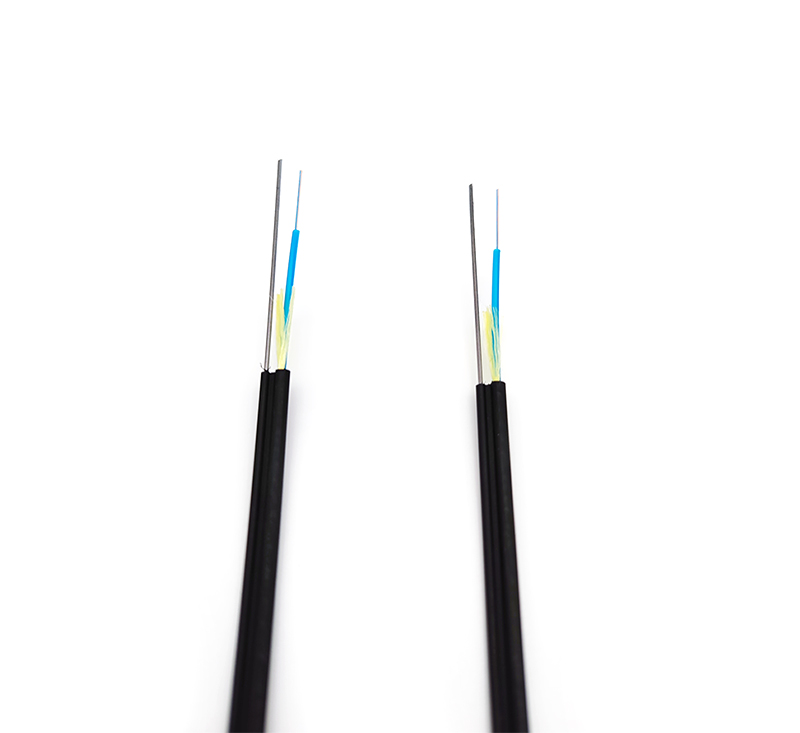The split ratios of common optical splitters are 1:2, 1:4, 1:8, 1:16, 1:32, 1:64, and 2:N optical splitter or non-uniform splitting can also be used when needed. Splitter. When configuring the optical splitter, the maximum utilization rate of each PON port and optical splitter of the equipment must be considered. According to the user distribution density and distribution form, the optimal optical splitter combination mode and suitable installation location must be selected. There are two principles for the use of the beam splitter: one is to use the first-level splitting as much as possible, and the other is that the number of splitting orders does not exceed the second-level. There are three reasons for adopting the first-level optical splitting: the first one can maximize the utilization rate of the PON; the second fault diagnosis is convenient; the third system is highly reliable. So how to place the beam splitter?

(1) The first-level optical splitting method is adopted. When the optical splitter is in the resident network, the optical splitter can be installed indoors or outdoors. The indoor installation locations include the central computer room of the community, the weak current well in the building, and the floor circuit box. The uplink optical cable of the optical splitter can come from three ways: the first-level optical cross-connect box, the second-level optical cross-connect box or the optical fiber distribution box. This method is mainly suitable for situations where the scale of the built community is large and the user density is high, such as high-rise residential buildings.
(2) If the second-level optical splitting method is adopted, the optical splitter can be installed on the trunk layer or the user distribution optical cable layer respectively. When it is on the trunk layer, the splitter can be installed in the first-level optical cross-connect box, the second-level optical cross-connect box or Inside the fiber optic box. This method is suitable for situations where users are relatively scattered and a new user optical cable network.










